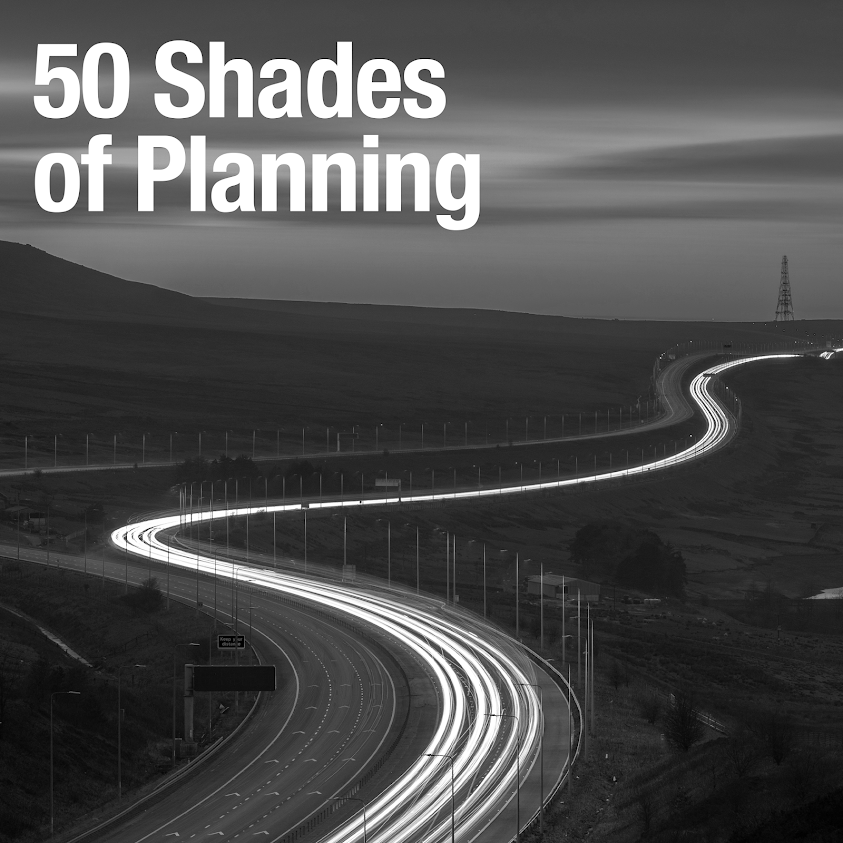Cheshire East Council released the following statement yesterday in response to the recent appeal decisions.
STATEMENT: Abbey Road, Congleton Road
and Sandbach Road North Planning Appeals
Council Leader Councillor Michael
Jones said: “We are content to win the planning appeal in respect of Sandbach
Road North and are determined to protect the Cheshire’s countryside and this
decision goes to prove the value of the ‘countryside argument‘.
“However, we are disappointed that the
Secretary of State and the Planning Inspector have seen fit to turn down two
other appeals (Abbey Road and Congleton Road). We put up a strong defence of
our decision to refuse these planning applications.
“The Planning Inspector agreed that we
had met the housing requirement of 5,750 homes. But because of the recession
and the stall on house building this figure has now inflated to 9,000 homes
over five years. This is a relatively new target.
“The pressure of this target means it
could encourages more speculative planning applications, affecting our countryside
compared with more sustainable development.
“Friday’s decisions by the Secretary
of State do not help Cheshire East in its fight against unplanned, speculative
developments. Cheshire East Council believes in sustainable development for the
beautiful borough of Cheshire East.
“We believe these decisions to allow
hundreds of homes in Sandbach and Congleton to be built is the wrong decision
for Cheshire East and we will now be exploring all our possible options in
order to reconsider our position and carefully choose our next steps.
“Cheshire East Council is committed to
defending the rights of our residents, especially where we believe developments
impact negatively upon people’s lives.”
It is interesting to note the reference to 9,000 homes being a relatively new target. The 5,750 figure derives from the former North West Regional Spatial Strategy (published in September 2008) and is the composite annual requirement for the three former boroughs that now comprise Cheshire East. The additional requirement is principally derived from:
- An undersupply against that target since 2003 (the start of the RSS period), which was identified at the Congleton Road Inquiry in July as being 1,266 for the period 2003-2012; and
- A requirement in the NPPF (published in March 2012) for a 20% buffer to reflect persistent undersupply.
The most recent SHLAA was published in February 2013 and so it is reasonable to suggest that the Council itself should have recognised the need to address the historic undersupply rather than wait to have it pointed out by an Inspector. The one element of the requirement that could be said to be relatively new is the 500 figure identified at the Congleton Road Inquiry in July as being the undersupply for the period 2012-13.
It is stated that the Council is exploring all possible options, but, as I suggested yesterday, the only realistic option that I can see is the swift preparation of development plan that includes deliverable strategic sites.

Comments
Post a Comment